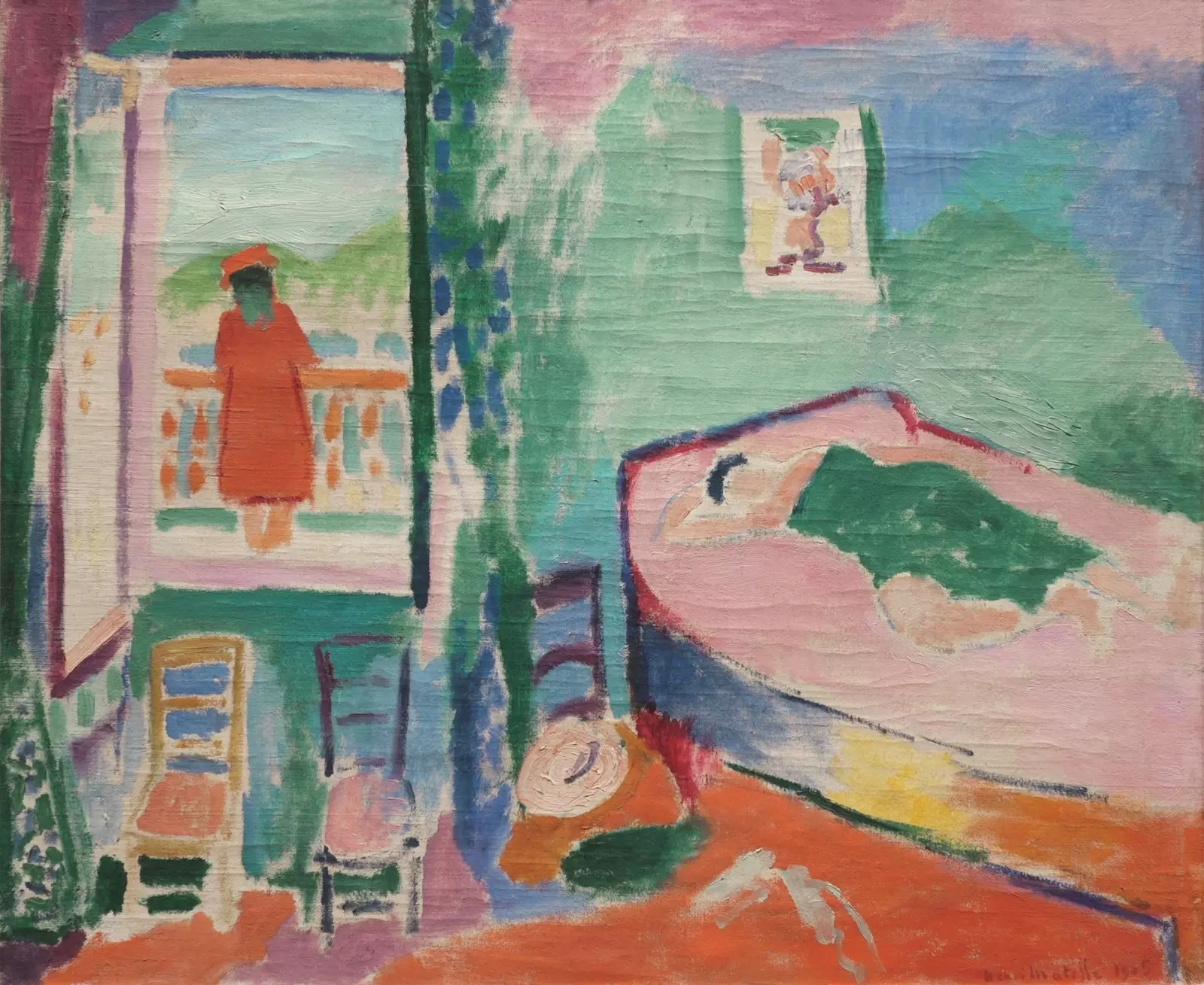
Henri Matisse: 'The Sieste', 1905.
We thought we knew everything about Matisse, but we were wrong. The exhibition Matisse, like a roman (Matisse, like a novel) proves it. This is the largest retrospective on the painter Henri Matisse (1869- 1954) from that of the Grand Palais made in 1970.
this time the exhibition celebrates the 150 years of the painter by providing a completely unknown perspective, and it is his relationship with literature.
Divided into 9 chapters, traces Matisse's trajectory along a chronological route , from his beginnings, around 1890, where the artist came into contact with the masters, struggling to develop his own vocabulary, until the 1950s and his final work, allowing at each moment to contemplate a life lived for the art.
Repeating the title of Louis Aragon's work, Henri Matisse, Roman (1971), this exhibition takes up in each chapter Matisse's relationship with the word. From his beginnings in the 1890s, when Matisse tried his hand at different writing, before venturing, during the fauve period (1905-1906), into a radical reformulation of color and drawing.
In the 1910s, Matisse tried to test the various trends that ran through the art scene of his time: Cubism, in particular, with * Tête blanche et rose * (1914, Paris, Musée Arte Moderno Nacional). In 1917, Matisse's departure for Nice and the following decade abandoned the experimental dimension of an art that had almost reached the threshold of abstraction: the painter chose to return to a theme shaped by light.
The literary question takes a new turn from the 1930s, when Matisse begins work on the illustrated book of Poésies de Mallarmé , a work that will nurture some iconic paintings of this period such as* La Verdure* (1935-1943, Nice, Musée Matisse). In 1947, with Jazz, Matisse succeeded in interweaving plastic and words, uniting cut-out gouaches and handwritten texts. And lastly, with one of his latest works, Intérieurs de Vence, where the uninterrupted migration of his work towards writing is even more evident.
The exhibition at the Center Pompidou can be seen until February 22 and has large works donated by the painter's family and other centers in France.
Schedule: According to the new health measures in France, the Pompidou Center will open its doors until 8:00 p.m. (with entry to the exhibitions only until 6:00 p.m.) and until November 16, 2020.
